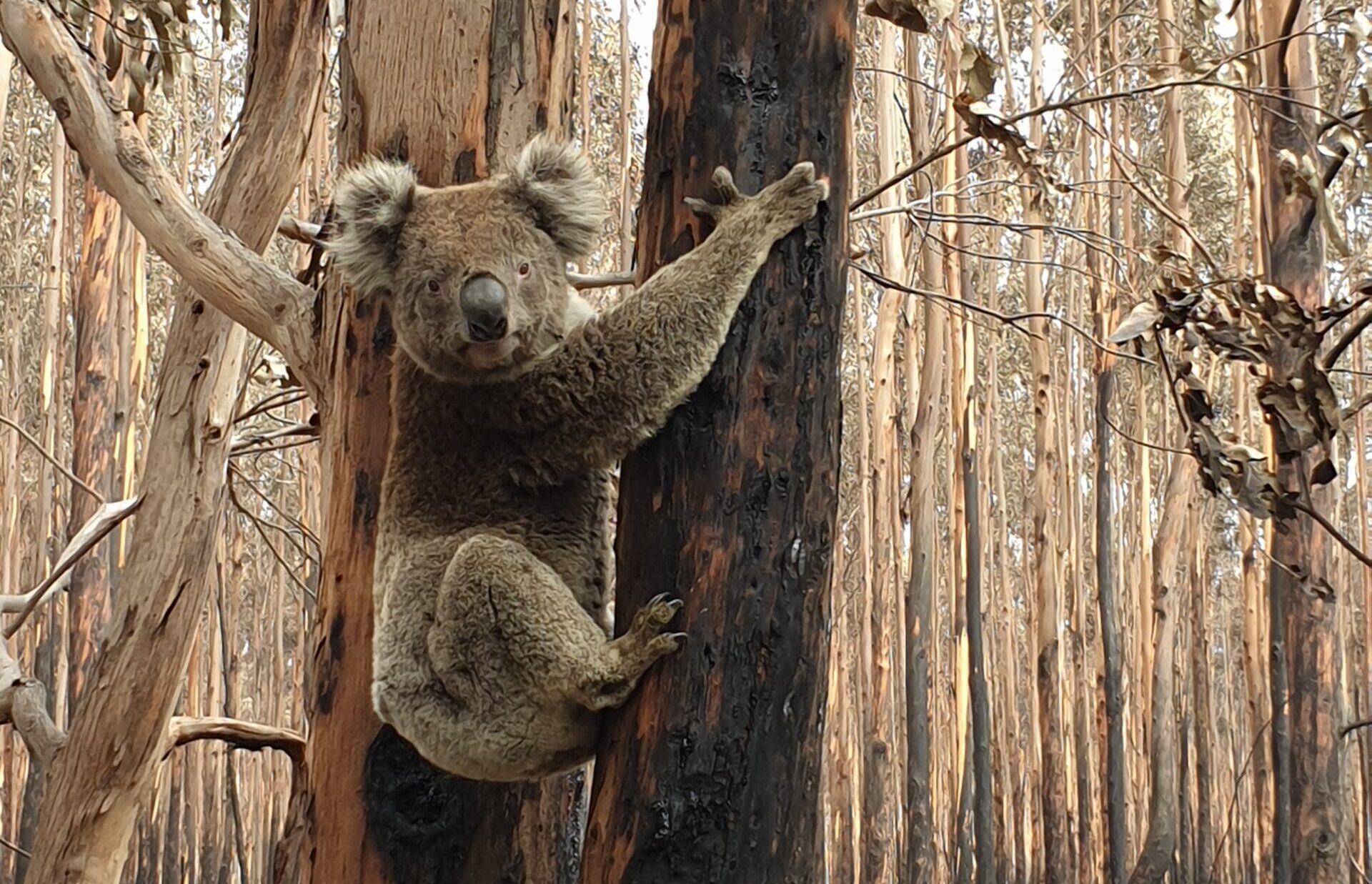Later this month, two Humane World for Animals Australia biologists, Dr Renae Charalambous and Lawrence Chlebeck, will travel to the ancient city of Samarkand, Uzbekistan to attend the 20th Meeting of the Conference of the Parties (CoP) for the Convention on the International Trade in Endangered Species (CITES). As strange...
The theme for this year’s International Day of Forests (21 March) is ‘forests and health’. It provides an opportunity to reflect on the important role that forests play in our lives and whether our national environmental laws, which are currently under review, are doing enough to ensure that future generations will be able to enjoy the same benefits from forests as we do today. With more than 6.1 million hectares of primary forest having been cleared and converted to other land uses or regrown as secondary forest since 1990, the 2021 State of the Environment Report suggests there is a lot more work to do.
Whether you live in the city or the bush, forests are vital to our wellbeing. Forests clean our air and our water, they are the source of many of our medicines, and provide homes for pollinators. Trees in cities provide cooling (they can cut air conditioning needs by up to 30 percent), absorb pollutants from traffic and industry, and filter fine particulates such as dust, dirt and smoke, which protects us from respiratory diseases. And of course, maintaining healthy forests is vital for reducing the impacts of climate change. On a more personal level, trees encourage people to get active outdoors and spending time in a forest is known to increase positive emotions while decreasing stress, blood pressure, depression, fatigue, anxiety and tension. Forests also hold strong cultural values for First Nations people. When we lose our forests, we lose these benefits and more. It is worth noting that at least 30% of new diseases that have emerged since 1960 have been attributed to land-use change, including deforestation.
But it’s not just people who depend on healthy forests. Globally, forests are home to 80% of all known amphibian species (frogs and their kin), and some of Australia’s unique forest environments are considered global biodiversity hotspots—areas where “exceptional concentrations of endemic species are undergoing exceptional loss of habitat”. For example, the Forests of East Australia contain more than 2,000 endemic plant species—species that are found nowhere else in the world. On the other side of the continent, the Southwest Australia biodiversity hotspot is home to unique and threatened forest species, including the mainland quokka.
Given how vital forests are to our health and wellbeing, not to mention the survival of so many plants and animals, you might expect that our environment laws and planning systems are designed to ensure we maintain healthy, functional forests. Sadly, that’s not the case. The reality is that the majority of terrestrial threatened species habitat that is cleared, including forests, is not even referred to the Australian Government for assessment under our federal environmental laws. And even after huge swathes of our native forests were ravaged by fires during the Black Summer, we continue to allow commercial harvest of those precious areas that were left unburnt.
Unfortunately, our impacts don’t end there. The concept of ‘extinction debt’ refers to future biodiversity losses that will occur as a consequence of past or current habitat destruction. These are losses that we know will occur, we just haven’t seen them yet. Recent research suggests this may be a factor in the decline of koalas—when forests pass a threshold of impact, koala declines inevitably follow. Combine extinction debt with the growing impacts of climate change, and the future of our forests is looking anything but healthy.
But we still have time to turn this situation around. The current Australian Government review of our national environmental laws provides the perfect opportunity to make changes to better protect our forest environments.
Our national environment laws have a lot of heavy lifting to do if we are going to prevent new extinctions and protect and restore our native plants and animals. Some of the most critical actions required to protect our forests will be implementing strong National Environmental Standards that protect areas of high environmental value, including critical forest habitats; introducing a land clearing ‘trigger’ to ensure that future proposals to impact forests receive adequate consideration under federal environmental laws; and immediately removing exemptions to our federal environmental laws for native forest logging under Regional Forest Agreements. And we need to better consider cumulative impacts preventing death by a thousand cuts as patches of forest are lost to incremental clearing.
Healthy forests give us so much, whether it’s maintaining a liveable environment, or the simple pleasure that comes from spending a day immersed in nature. It’s time to ask ourselves, what can we do to give back on this International Day of Forests?


